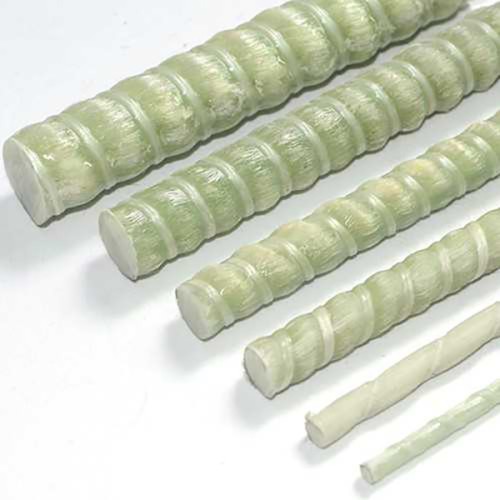Fiberglass Rebar: The Future of Durable and Lightweight Reinforcement
Fiberglass rebar, also known as GFRP rebar (Glass Fiber Reinforced Polymer), is a cutting-edge alternative to traditional steel reinforcement. Engineered for longevity and corrosion resistance, this composite material is revolutionizing construction, marine, and infrastructure projects.
What Is Fiberglass Rebar?
Fiberglass rebar consists of high-strength glass fibers embedded in a polymer resin matrix. Unlike steel, it resists rust, chemicals, and electrical conductivity, making it ideal for harsh environments. Common synonyms include composite rebar, FRP rebar, and fiberglass reinforcement bars.
Manufacturing Process and Classification
Manufacturers produce fiberglass rebar through pultrusion, a process that pulls fiberglass strands through a resin bath and heated dies. This creates consistent, high-tensile-strength bars. Products are classified by diameter (e.g., 6mm to 32mm), surface treatment (ribbed or sand-coated), and ASTM standards compliance.
Key Applications of GFRP Rebar
- Marine Structures: Docks, seawalls, and bridges benefit from non-corrosive concrete reinforcement.
- Roadways and Tunnels: Lightweight concrete reinforcement reduces structural load.
- Industrial Facilities: Chemical plants use FRP rebar to avoid degradation from acids or salts.
- Residential Projects: Ideal for foundations in high-moisture regions.
Fiberglass Rebar vs. Steel: A Material Comparison
- Corrosion Resistance: Unlike steel, GFRP rebar won’t rust, even in saltwater.
- Weight: At 25% the weight of steel, it simplifies transportation and installation.
- Thermal Conductivity: Composite rebar minimizes heat transfer, enhancing energy efficiency.
- Cost-Efficiency: Lower lifecycle costs offset the higher initial price due to minimal maintenance.
Installation Guidelines for Fiberglass Reinforcement Bars
- Cutting: Use diamond-tipped blades to avoid fraying.
- Bending: Pre-bend during manufacturing; field adjustments are limited.
- Spacing: Follow engineering specs to ensure structural integrity.
- Anchoring: Employ epoxy or mechanical anchors for secure placement.
Why Choose Fiberglass Rebar?
Fiberglass reinforcement bars offer unmatched durability in corrosive environments, reduce long-term maintenance, and comply with green building standards. Their adaptability spans from concrete reinforcement in bridges to underground utility projects.

